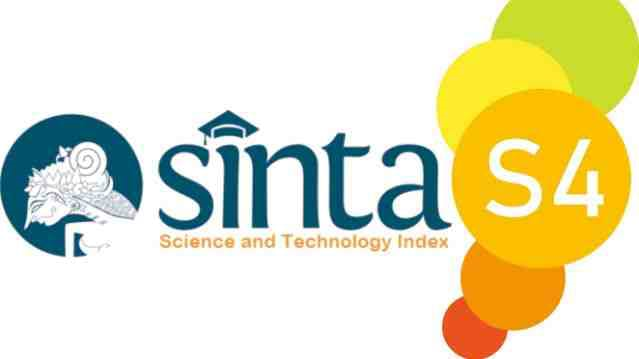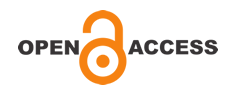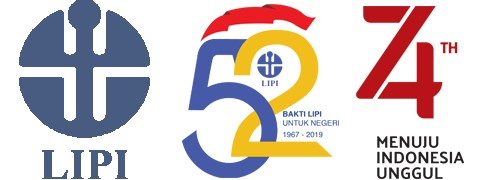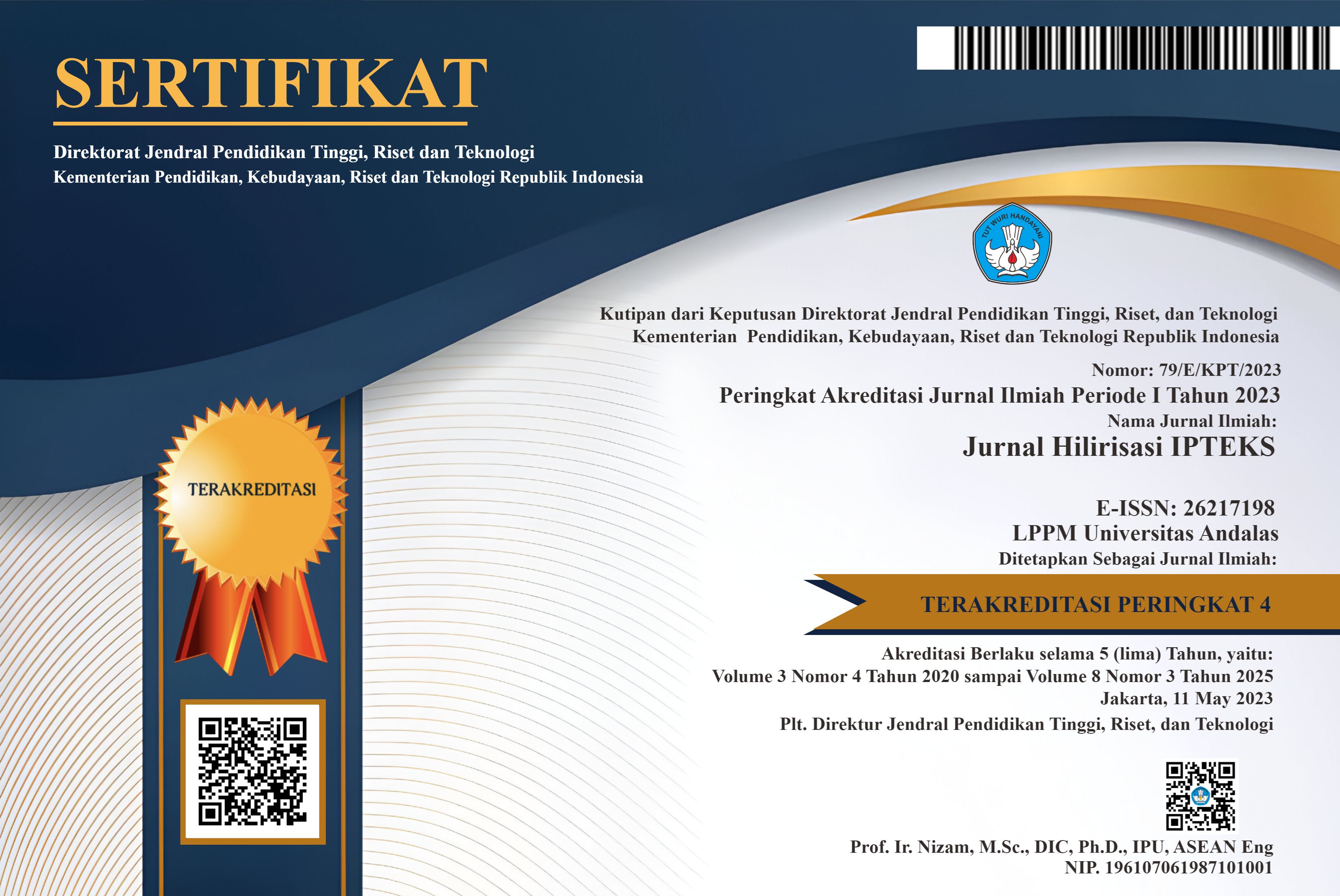APLIKASI PENGELOLAAN HAMA TERPADU KUMBANG TANDUK (ORYCTES RHINOCEROS L.) PADA KELAPA SAWIT DI NAGARI GIRI MAJU KABUPATEN PASAMAN BARAT
Abstract
Oil palm cultivated in the replanting area did not grow optimally because most were attacked by horn beetles (Oryctes rhinoceros L.). The percentage of horn beetle attacks was high, namely 80% in 3 year old plants and 100% at 1-1.5 years old. It is known that residual replanting waste is the cause of the high horn beetle population because rotting oil palm trunks become a suitable habitat for horn beetle development. To overcome the problems faced by partners, Integrated Pest Management (IPM) is applied. IPM components that will be applied are technical culture, mechanics, and semiochemical control with pheromones. This activity aims to reduce the level of damage to the horn beetle pest on oil palm plants after replanting. This activity is carried out using counseling methods, training, demonstration plots (pilots), providing assistance with tools and machines, as well as monitoring and evaluation. The results of the activity showed that the partners were able to independently implement integrated pest management (IPM) on their respective lands. Assembled IPM technology that has been applied can reduce the attack rate of horn beetles from 86.68% to 79.60%. Until now, IPM equipment is still installed and operated by partner farmer groups. The application of IPM at the demonstration plot locations can significantly reduce the horn beetle population, as well as no more visible symptoms of new plants being attacked. The sustainable application of IPM, covering large-scale land, involving all oil palm business actors will increase the chances of success of the method in the future. will come.
References
Efendi, S. 2020b. Optimalisasi peran mahasiswa pendamping program upsus pajale untuk mempercepat introduksi teknologi budidaya jajar legowo super di Kabupaten Sijunjung. Prima: Journal of Community Empowering and Services, 4(1), 36–44.
Efendi, S., & Rezki, D. 2020. Desain Peningkatan kapasitas petani melalui aplikasi teknologi hatch and carry serangga polinator elaeidobius kamerunicus faust. pada perkebunan kelapa sawit. Jurnal Pengabdian Kepada Masyarakat (Indonesian Journal of Community Engagement), 6(1), 40–52. https://doi.org/10.22146/JPKM.41643
Hakim, M., & Suherman, C. 2018. Replanting Kelapa Sawit. Penebar swadaya, Jakarta.
Indriyanti, D. R., Anggraeni, S. D., & Slamet, M. 2017. Density and composition of oryctes rhinoceros (Coleoptera: Scarabaeidae) stadia in field. ARPN Journal of Engineering and Applied Sciences, 12(22), 6364–6371.
Nuriyanti, D. D., Widhiono, I., & Suyanto, A. 2017. Faktor-faktor ekologis yang berpengaruh terhadap struktur populasi kumbang badak (Oryctes rhinoceros L. ). Biosfera, 33(1), 13. https://doi.org/10.20884/1.mib.2016.33.1.310
Satia, I., & Sumaryo, B. 2008. Pengaruh warna perangkap feromon terhadap hasil tangkapan imago oryctes rhinoceros di perkebunan kelapa sawit. Jurnal Perlindungan, 14(2), 76–79.
Siahaya, V. 2014. Tingkat kerusakan tanaman kelapa oleh serangan sexava nubila dan oryctes rhinoceros di Kecamatan Kairatu, Kabupaten seram Bagian Barat. Jurnal Budidaya Pertanian, 10(2), 93–99.
Soltani, R., lkbel, C., & Habib Ben Hamouda, M. 2008. Descriptive study of damage caused by the rhinoceros beetle, oryctes agamemnon , and Its Influence on Date Palm Oases of Rjim Maatoug, Tunisia. Journal of Insect Science, 8(57), 1–11. https://doi.org/10.1673/031.008.5701
Widyanto, H., Suhendri, S., & Suryati. 2014. Pengendalian hama kumbang tanduk (oryctes rhinoceros linn.) menggunakan perangkap feromon pada tanaman kelapa sawit (elaeis guineensis jacq.) di lahan gambut Provinsi Riau. Balai Pengkajian Teknologi (BPTP) Riau, pp. 195–204.




















